
1880 - 1945
Petras Kalpokas
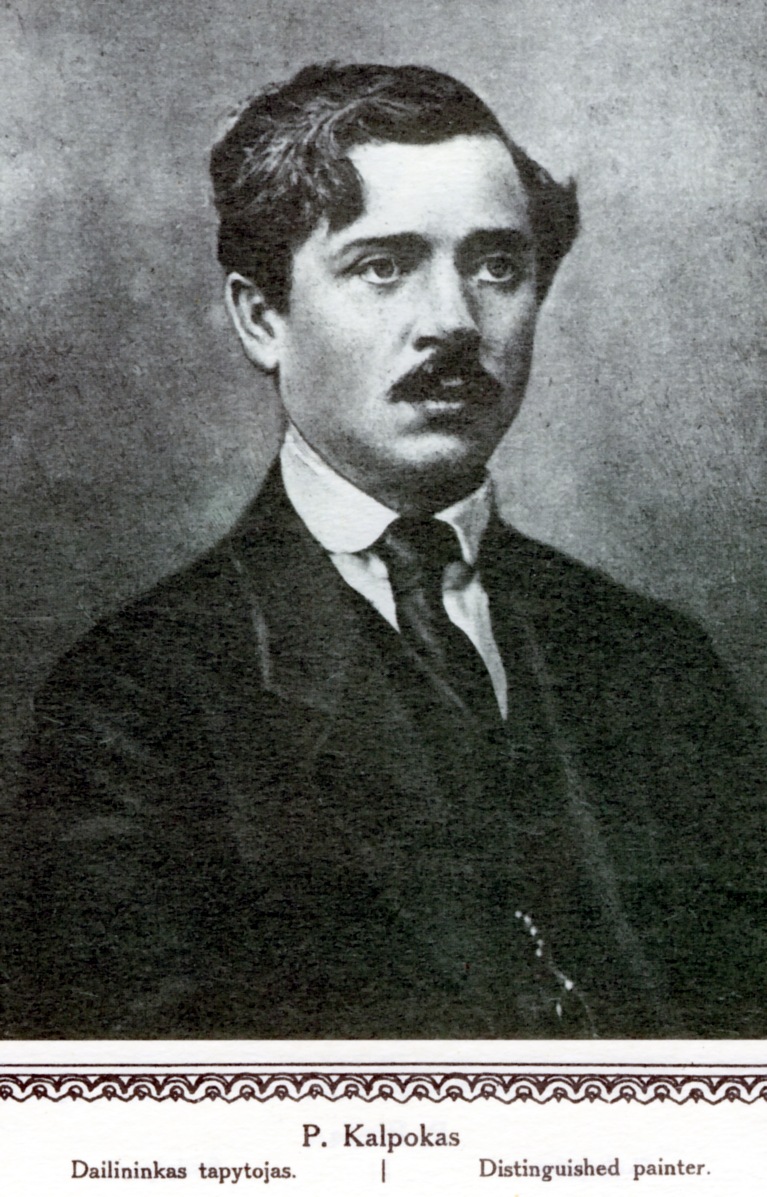
description
A Lithuanian landscape and portrait artist, a master of paintings and monumental paintings (frescoes), as well as a graphic master.
Born into the family of rich farmer Stasis Kalpokas. The childhood of the future master was bright and happy.
Kalpokas was one of the founders of the first Lithuanian artistic community (together with M. Čiurlionis, K. Sklereus, A. Zhmuidzinavičius) and was a member of it. He was actively engaged in teaching, worked as a professor at the Kaunas Institute of Applied and Decorative Arts (Lithuania) and wrote a textbook on painting techniques.
Key ideas:
– Landscapes of Petras Kalpokas are lyric — both those who are close to Realism and those which have features of Impressionism (most of them). The mood in them is conveyed by color combinations, the rhythm of the overlay of colors and the overall thoughtful composition of the picture. The artist professed a method of analyzing nature, which all Lithuanian impressionists loved.
– As a romantic artist, though skillfully wielding both a line and a pattern,
subtly feeling the monumentality of the shape, he often uses increased sonorous intensity of color. Over the years, this trend was becoming more vivid; the color becomes a truly important means for expressing one’s world perception.
– The portraits by Kalpokas are psychological, accurately conveying the features of the model. To create an image of the inner state of mind and character of a person, the master searched for his own particular art forms. This is most clearly seen in his self-portraits, and especially in the Self-Portrait of 1906.
– The frescoes differ in their decorativeness, dynamic composition and the use of a festive palette, reminiscent of paintings by Monet. The monumental artist is characterized by an expressive strong pattern, a bright plastic form.
1880
1890 - 1898
1898 - 1900
1900 - 1908
1915
1920
1928
1930
1939 - 1945
1945
The birth
Attended classes in the Riga school of drawing and painting by V. Blum

Studied at the Odessa Art School

Participated in exhibitions
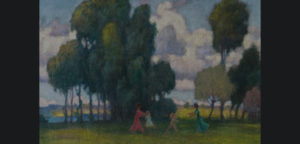
Settled in Italy
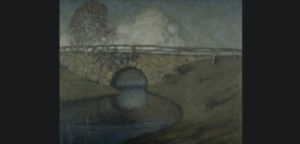
Returned to Lithuania
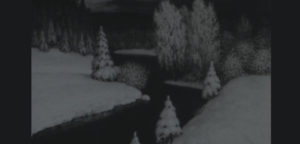
The large solo exhibition

«Tapybos technikos vadovėlis»
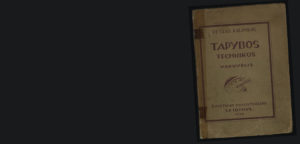
Participated in the World Exhibition in New York
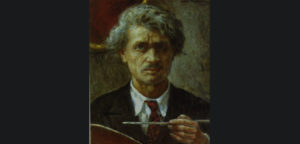
The death

Petras Kalpokas
On Artist
flow
Academic art
friends
Mikalojs Čiurlionis
Petras Rimsha
Antanas Zhmuijinavichyus
Kajetonas Sklerius
Vladas Didyokas
Jonas Janulis
Olga Dubenetskaya
artists
Wilhelm Purvitis
Valentin Serov
Janis Walter
Arkhip Kuindzhi
By Artist
flow
Post-impressionism
friends
Mikalojs Čiurlionis
artists
Maria Zvirken
Vytautas Matskevičius
